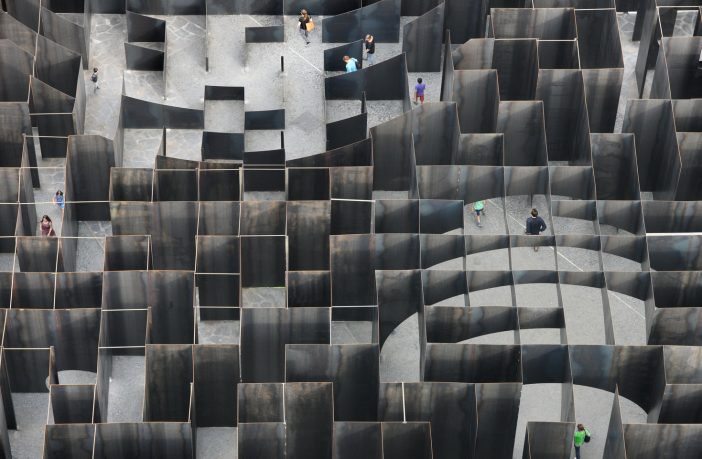Accessibility and mobility. When perceived through the architectural lens, these terms often evoke a range capped by two extremes. On the one end, the flexibility of circulation systems; the universality of egress networks; and the technicalities of minimums and maximums. On the other end, a project’s capacity to support broad ranges of socioeconomic narratives; its malleability in the face of rapid fluctuations of program and function; and its reactivity in maintaining a productive role amidst the ebbs and flows of societal dynamics.
Within discourses concerning particularly pressing urban issues however, these two terms take on a slightly different character. They become anchored around the conception of the right to the city. Or more specifically, the right to the city that is not bound by lopsided normative presuppositions concerning class, live-work narratives, societal roles, household structures, and workforce hierarchies.
Cities which wish to lay claim to these terms are expected to support thoroughly diversified ranges of socioeconomic opportunities; compact and self-sustained community patterns; and expansive connectivity of transportation infrastructures.
By socioeconomic opportunities, what is scrutinized is not simply urban workforce dynamics, but the degree to which urban fabrics support ranges of ownership patterns; ranges of urban development and co-development capacities; and ranges of community as well as household structures. Community compactness in turn is evaluated not only in regard to the notions of localized walkability and livability, but also according to the closeness of the relationship between the physical and political geographies of a community; the inclusive authorship of local legacies and histories; and the degree to which urban localities are representative of broader urban demographic patterns. And lastly, within the domain of transportation infrastructures, the urban fabric supportive of accessibility and mobility is weighed according to the multi-modal attributes of transportation systems; the degree to which systemic efficiency and connectivity is provided with equity to urban citizenries functioning amidst differing timetables and operating amidst differing socioeconomic backgrounds; and the resilience of such transportation infrastructures amidst systemic crises.
Which people comes to your mind when rendering an urban visualization?
Interestingly, there is another domain of urban discourse which shares a significant overlap in holding the urban fabric to this range of standards and ideals. That is, the domain of urban gender equity.
Although often sidestepped by dominant realms of the discourse, the pursuit of the gender-equitable urban fabric and what that entails, have been critically discussed within pockets of the literature for a noteworthy number of years. Such a city however seems to have remained persistently out of reach. Even within the EU, which in the late 1990s established binding legal instruments requiring the quantifiable pursuit of such equity, there has been a noteworthy lack of pervasive or rigorous policies in support of such urban fabrics.
This continued failing, along with its oft-practiced discursive erasure, can even be detected at the level of an urban visualization commonplace to the current day.
Consider the following.
A carless pedestrian-friendly avenue. Pleasant densities of trees. Through the foliage, the glimpse of a light-rail transit system. Mid-to-large size buildings on each side. Mixed-use. Bicyclists, joggers, families. Couples walking their dogs. Cafes and shared spaces filled with the creative class, pursuing their day-to-day on glowing silver laptops.
Now, consider the last time you saw a blue-collar worker within such a rendering. Going further, a blue-collar female worker. Even further, a blue-collar female worker of non-Anglo-Saxon descent. And further still, a blue-collar, non-Anglo-Saxon mother of two, in the middle of juggling the schedule of the day. Perhaps only in the work of Teddy Cruz, or its kin, would such a person critically and earnestly be visualized.
The dilemma, is that architecture in its current primary role, will invariably tend to mirror broader omissive tendencies. That is, it will tend to omit the blue-collar, non-Anglo-Saxon mother of two. The question is, what can be done?
The socioeconomic digestibility of the urban fabric needs to be opened up, and the issue of urban equity addressed with the rigor that the problematic calls for. Architecture in its traditional format however, seems to lack the proper societal positioning to push and pull at significant mechanisms of power. Traditional in the sense of architect as design developer, architect as project manager, architect as project consultant, architect as architect of record, and so forth.
How to achieve urban equity through architecture
This article was first published in Arch Daily and is republished with permission.

















